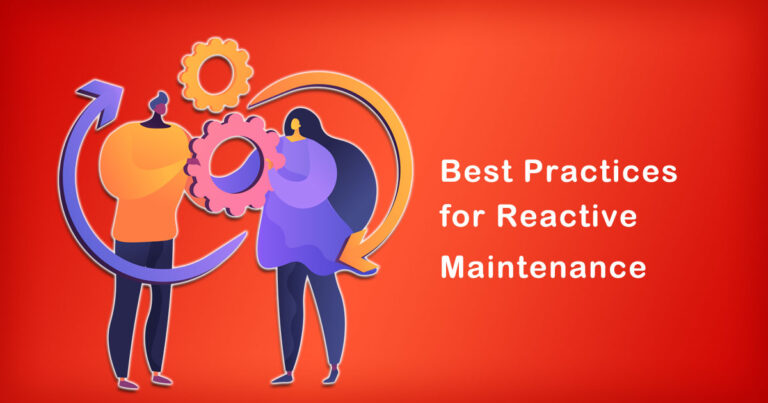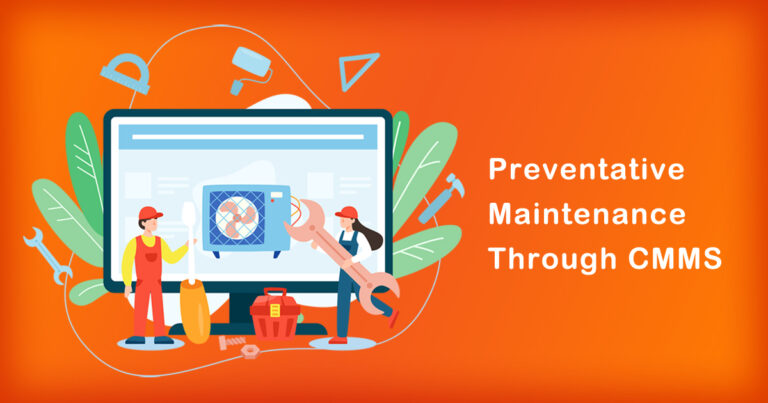Maintenance is a critical function in any industry, and it plays a vital role in ensuring the smooth operation of equipment and machinery. A well-managed maintenance schedule can lead to increased productivity, reduced downtime, and cost savings. In this blog, we will discuss some best practices for managing maintenance schedules in an Indian context.
Why is Maintenance Important?
Maintenance is important because it ensures that equipment and machinery are operating at their optimal level. Regular maintenance can prevent breakdowns and reduce downtime, which can have a significant impact on productivity. Proper maintenance can also extend the life of equipment and reduce the cost of repairs.
Best Practices for Managing Maintenance Schedules
- Develop a Maintenance Schedule
The first step in managing maintenance schedules is to develop a maintenance schedule. A maintenance schedule should include all equipment and machinery that require maintenance, the frequency of maintenance, and the type of maintenance required. It is essential to develop a schedule that is practical and achievable.
- Prioritize Maintenance Activities
Not all maintenance activities are equally important. It is essential to prioritize maintenance activities based on the criticality of the equipment or machinery. Equipment that is critical to the operation of the business should be given top priority.
- Use a Computerized Maintenance Management System (CMMS)
A Computerized Maintenance Management System (CMMS) is a software tool that can help manage maintenance schedules. It can automate maintenance schedules, track maintenance activities, and provide data for analysis. A CMMS can also help identify trends and patterns in maintenance activities, which can be used to improve maintenance processes.
- Ensure Adequate Training for Maintenance Staff
Maintenance staff should be adequately trained to carry out maintenance activities. Training should include both technical skills and safety procedures. Adequate training can improve the quality of maintenance activities and reduce the risk of accidents.
- Maintain Records
Maintaining records of maintenance activities is important for several reasons. It provides a history of maintenance activities, which can be used to identify trends and patterns. It can also be used to demonstrate compliance with regulatory requirements.
- Conduct Regular Inspections
Regular inspections can help identify potential maintenance issues before they become problems. Inspections can also identify opportunities for improvement in maintenance processes.
- Monitor Performance
Monitoring the performance of equipment and machinery can provide valuable data for improving maintenance processes. Monitoring can identify trends in equipment performance, which can be used to optimize maintenance schedules.
Conclusion
In conclusion, managing maintenance schedules is a critical function in any industry. A well-managed maintenance schedule can lead to increased productivity, reduced downtime, and cost savings. Best practices for managing maintenance schedules include developing a maintenance schedule, prioritizing maintenance activities, using a computerized maintenance management system (CMMS), ensuring adequate training for maintenance staff, maintaining records, conducting regular inspections, and monitoring performance. By following these best practices, organizations can ensure that their equipment and machinery are operating at their optimal level, which can lead to improved business outcomes.








